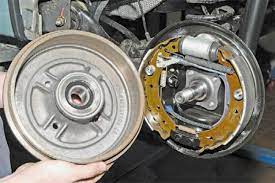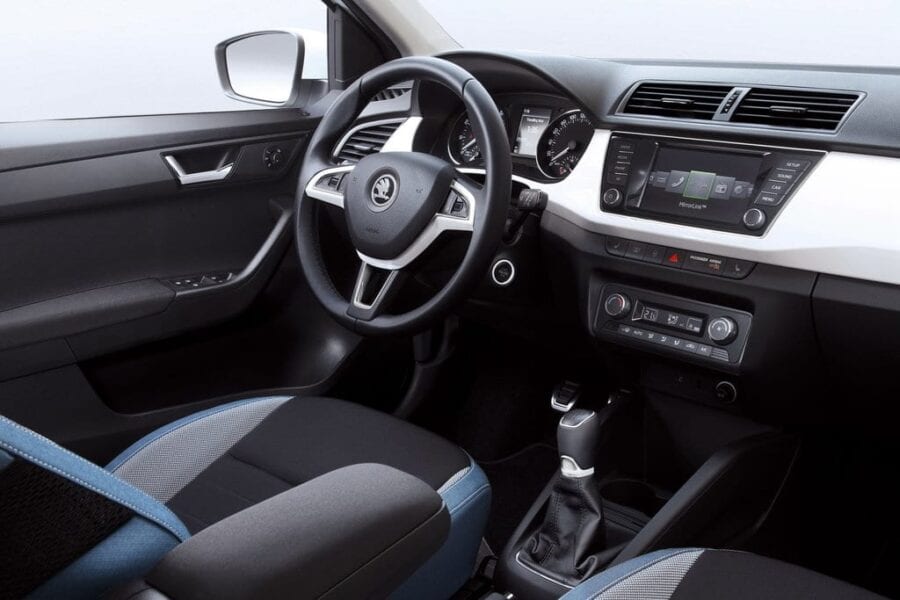
The device and principle of operation of drum brakes
Content
Braking mechanisms of the frictional type, that is, operating due to the frictional force, are divided into drum and disc brakes. The drum brake mechanism uses a brake drum as a rotating part. The fixed part of the mechanism is represented by brake pads and a brake shield. At the moment, drum brakes are not so popular with automakers due to objective reasons and are mainly used on budget and trucks.
Drum brake device
Structurally, drum brakes include the following elements:
- drum installed on the wheel hub;
- brake pads, on the working surface of which friction linings are attached;
- a working brake cylinder with pistons, seals and a bleeder;
- return (tightening) springs attached to the pads and fixing them in an inactive position;
- brake shield installed on the hub or axle beam;
- brake pad support rack;
- lower pad support (with a regulator);
- parking brake mechanism.
In addition to single-cylinder drum brakes, there are two-cylinder systems, the efficiency of which will be significantly better than in the first version. In this case, instead of the lower support, a second brake cylinder is installed, due to which the contact area of the drum and the shoe increases.
How drum brakes work
Drum brakes work as follows:
- The pressure of the working fluid in the system is created by pressing the brake pedal by the driver.
- The fluid presses on the pistons of the working brake cylinder.
- The pistons, overcoming the force of the clamping springs, activate the brake pads.
- The pads are firmly pressed against the working surface of the drum, slowing down the speed of its rotation.
- Due to the forces of friction between the linings and the drum, the wheel is braked.
- When you stop acting on the brake pedal, the compression springs move the pads back to their original position.
The friction pads of the front (in the direction of travel) pads at the moment of braking are pressed against the drum with greater force than the rear ones. Therefore, the wear on the front and rear pads is uneven. This should be taken into account when replacing them.
Advantages and Disadvantages of Drum Brakes
Drum brakes are easy to manufacture and cheaper than disc brakes. They are also more efficient due to the larger area of contact between the pad and the drum, as well as due to the effect of "wedging" of the pads: due to the fact that the lower parts of the pads are connected to each other, friction against the drum of the front pad increases the pressure on it from the rear.
Are there any disadvantages to drum brakes? Compared to disc brakes, drum brakes have a higher mass, poorer cooling and braking instability when water or dirt gets into the drum. These shortcomings are very significant, so they served as one of the reasons for the manufacturers' transition to disk mechanisms.
Drum brake service
The wear of the drum brake pads can be determined through a special hole located on the inside of the brake shield. When the friction linings reach a certain thickness, the pads need to be replaced.
If the friction material is applied to the shoe with glue, it is recommended to change it at a material thickness of 1,6 mm. In the case of placing friction linings on rivets, replacement must be performed if the material thickness is 0,8 mm.
Worn pads can leave grooves on the drums and even damage the drum with extended use.
